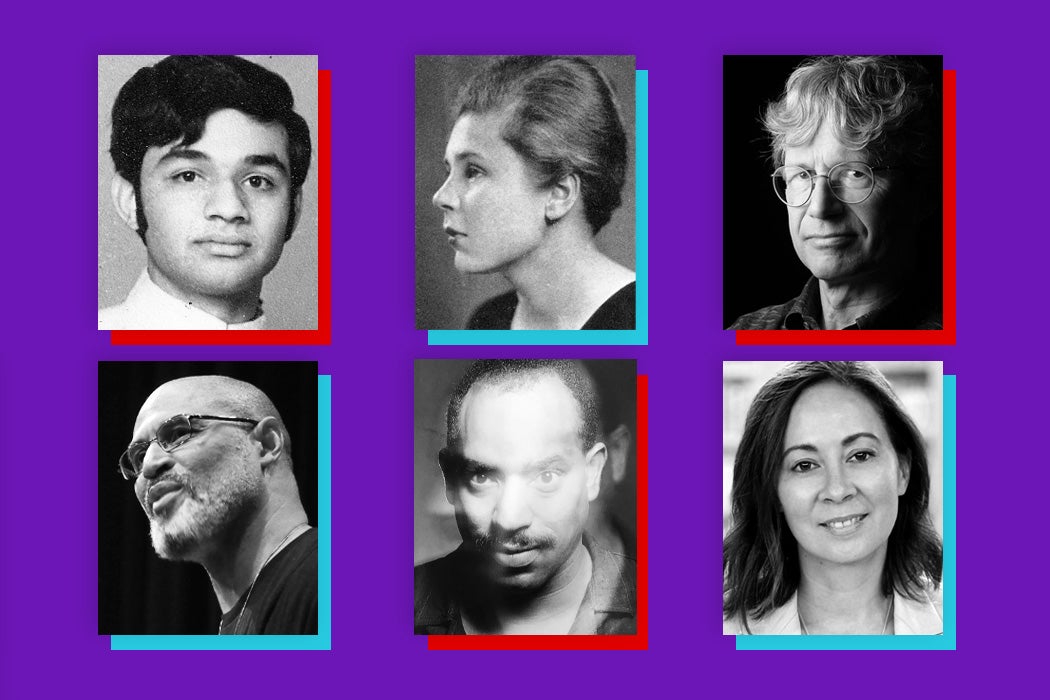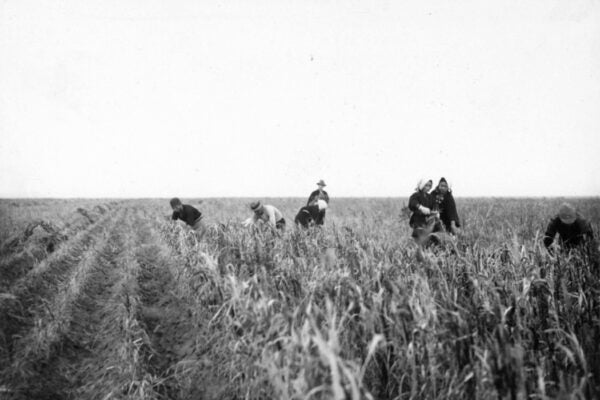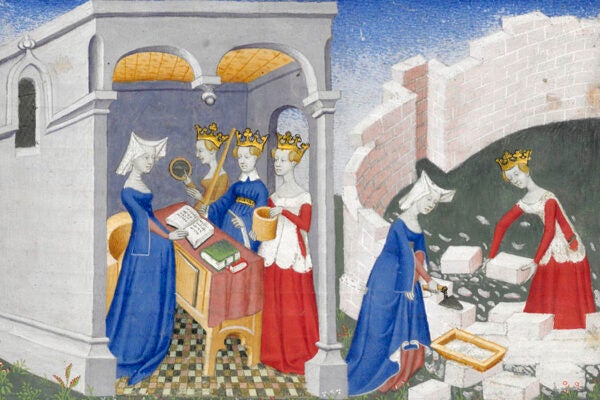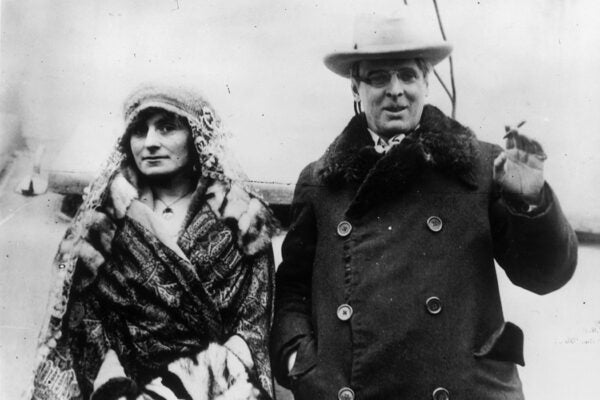A villanelle is a poetic form composed of five stanzas of three lines each (called tercets), followed by a four-line stanza (called a quatrain), for a total of nineteen lines. The first and third line of the opening tercet repeat at the end of each subsequent tercet and then again as the last two lines of the poem. Here’s a visual representation to help make things a little clearer:
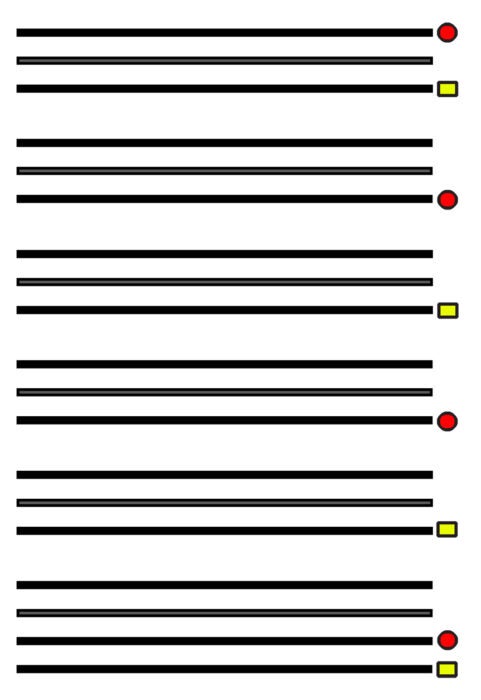
It’s not surprising that such a repetitive form has its roots in song. From the sixteenth to the nineteenth century, villanelle was simply the French term for an Italian country song, and during the Renaissance, poets often used the title for their work regardless of a poem’s specific structure. It wasn’t until the Victorian era that the villanelle settled into the fixed form and specific rules we recognize today.
Many modern and contemporary writers are drawn to the villanelle as a way to circle around their subject matter, exploring obsession, enchantment, brooding, or the slow work of untangling a difficult emotion. We’ve gathered together ten villanelles from JSTOR. As always, all are available for free download:
“One Art,” Elizabeth Bishop
“Philip Larkin’s Koan,” Paisley Rekdal
“Dream Villanelle,” William Logan
“A Villanelle,” Agha Shahid Ali
“He Drank Molotov Riptide Moonshine Rum,” Charles Fort
“Villanelle of the Circus Villains,” Richard Frost
“Villanelle for Charles Olson,” by Tom Disch
“Simple Song Blues Villanelle,” Tim Seibles
“Une Villanelle Ancienne,” Kate Franks
“Villanelle for Jane Fonda and Richard Simmons,” David Baker
